Study visits and workshops
The Beyond the Creative City network is producing agenda-setting and peer-reviewed research, policy engagement, and creative digital outputs.
With three study visit programmes in Manchester, Melbourne, and Toronto, associated workshops with academics and practitioners, and creative documentation, the network brings together existing knowledge with new challenges for creative placemaking through scoping, discussion and debate.
To find out more about project activities click the sections below.
Manchester
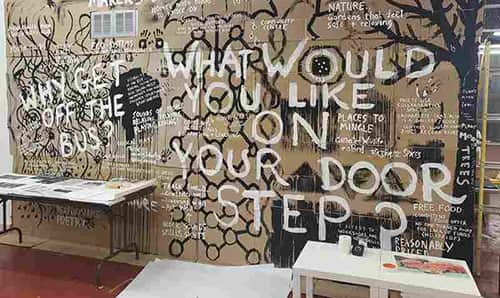
The first in-person Manchester, Melbourne Toronto collaboration workshop took place in November 2022.
Over three days it introduced current research being undertaken by academics within the University of Manchester and undertook a number of site visits to show how cultural policy, cultural governance and creative infrastructure is playing out in Greater Manchester.
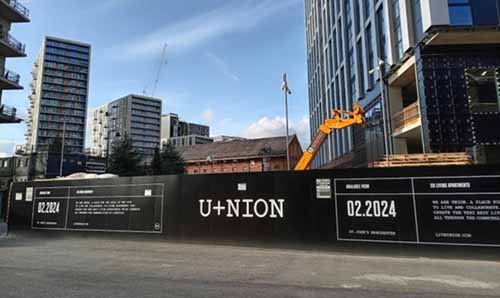
Creative Improvement Districts have been proposed as a new model for culture-led growth in Greater Manchester. Manchester University commissioned a document which outlined the rational for the model and sets of case studies which draw from similar policy models.
With invited guests representing seven of the Greater Manchester boroughs it was used as a basis to talk about the future of culture led policy in locales which would benefit from culture-led growth.
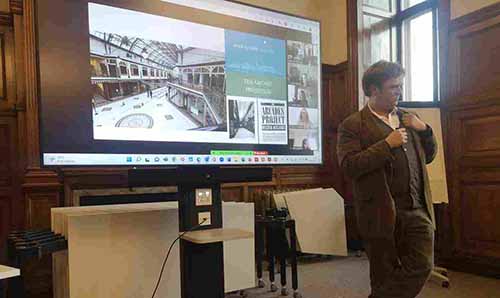
The live-streamed event enabled invited guests from across the globe to join a workshop introducing current research from leading academics with papers presented by:
- Dr. Abi Gilmore and Dr. Claire Burnill-Maier (University of Manchester)
- Prof. Bruce Tether (University of Manchester – Innovation Management)
- Prof. Elvira Uryarra (University of Manchester – Innovation Studies)
- Dr. Eric Lybeck (University of Manchester - School of Environment, Education and Development
- Dr. Saskia Warren (University of Manchester, School of Environment, Education and Development)
- Dr. Lucy Macfadzean (Kings College London) and Dr. Joanne Evans (University of Exeter)
- Dr. Lauren England (Kings College London)
- Ass. Prof. Dr. Tarek Virani (University of the West of England)
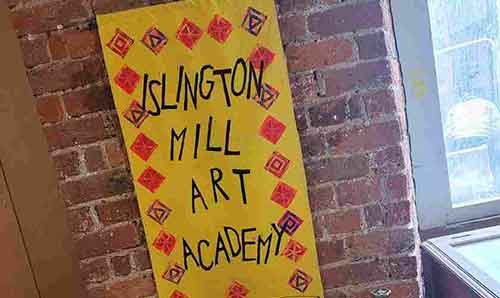
In the first of the Greater Manchester site visits, workshop members were taken to Islington Mill in Salford. The artist owned and led organisation has re-purposed the old mill for creatives and collectives.
Working in partnership with Salford City council the Mill is part of a wider cultural partnership scheme.
Workshop members were accompanied around the refurbished venue by one of its artistic directors, Rivca Rubin as well as Rivca Burns, a free-lance producer for the Mill.
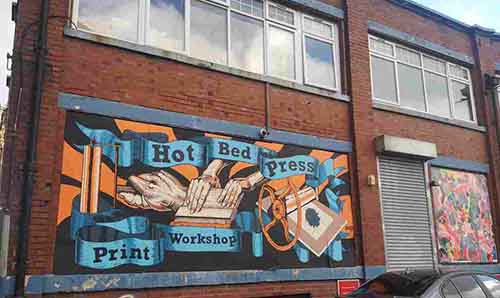
Artistic Director Sean Rourke led a tour of the Hot Bed Press. Established in 1994 as a not for profit printing space for artists and graduates, the organisation is self-financing.
It works closely with Salford City Council as well as the University of Salford providing educational courses as well as providing valuable access to equipment and materials as well as learning opportunities for artists.
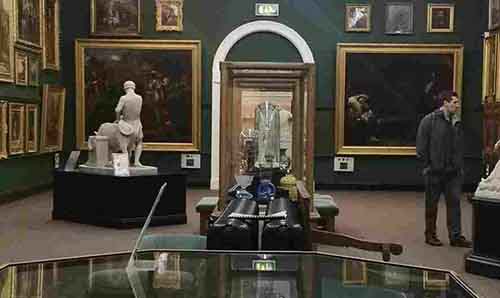
Salford Museum and Art Gallery has been a space for cultural participation and urban regeneration since 1846 when the surrounding Peel Park was opened, one of the first in the country established by municipal authorities.
The museum followed swiftly in 1850 and now houses social history, a permanent art collection and contemporary art exhibitions.
It is a pivotal space for local communities and for the Salford Culture and Place Partnership working closely with Salford University, Islington Mill and other artist studios and collectives such as Paradise Works.
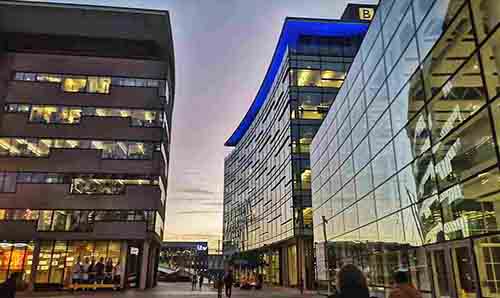
Josie Cahill of Media City spoke about the role of Media City in Salford, and in particular how it is looking to forge closer ties to Salford residents.
At its inception, Media City stood in an area with little that could engage local people. It is now looking to find ways to make the space more attractive and relevant for local residents.
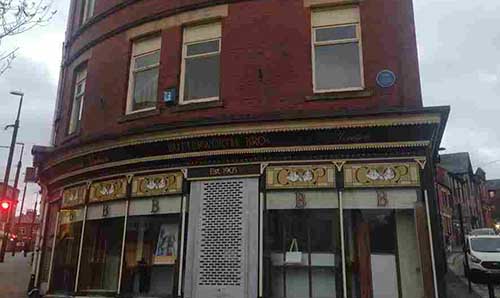
Darren Grice led a tour around Rochdal Town Centre.
He talked about how Rochdale's culture cooperative was working to use culture and creativity as key drivers in the town.
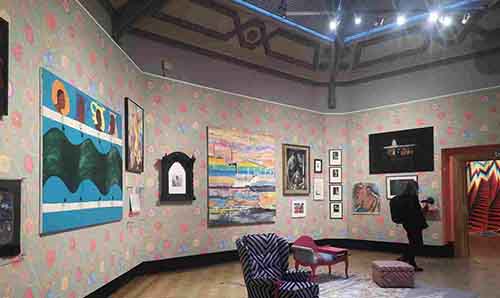
As a key stake-holder in Rochdale's town centre plan, the Touchstone's Art Gallery will close during summer 2023 for a major refurbishment which will provide performance and production spaces for artists.
The refurbished gallery will include a new retail and catering offer along with improvements to displays, archives, collections and public access It will also include areas for live events and exhibitions.
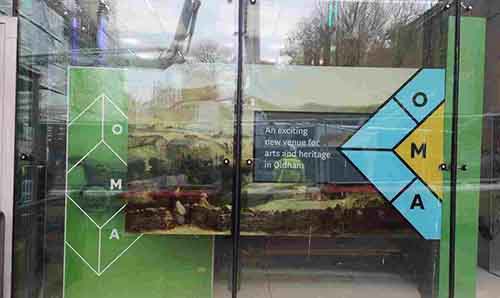
Subnum Ariff-Khan welcomed the workshop to Oldham for a tour around the library and gallery space.
Oldham has ambitious plans to establish creative work spaces within a shopping centre space newly acquired by the council.
Melbourne
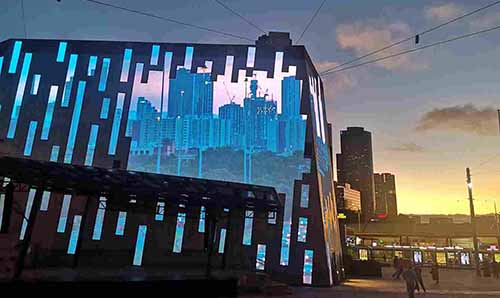
Named Australia's "most liveable city" in the Global Liveabilty City Index 2022, Melbourne in Victoria is proud of its diverse population, infrastructure, culture and education.
The city was still recovering from the world's longest lockdown in the pandemic when we visited in February.
The study visit drew on wide-ranging lenses provided by the University of Melbourne's Arts Management department, Centre for Cities and School of Design and other contacts in the city, to examine the discourse, policy and practice of creativity, culture and the arts beyond the Creative Cities paradigm.
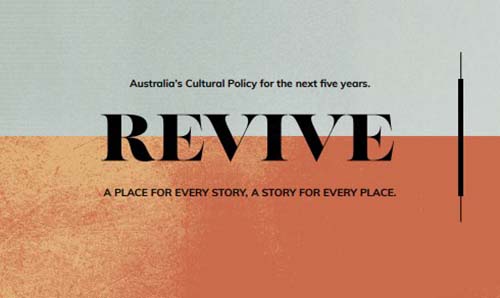
The Austrialian Government released the nation's new cultural policy, Revive, during the visit. The policy document promises a new national funding commitment as well as placing story telling and first nation rights at its heart.
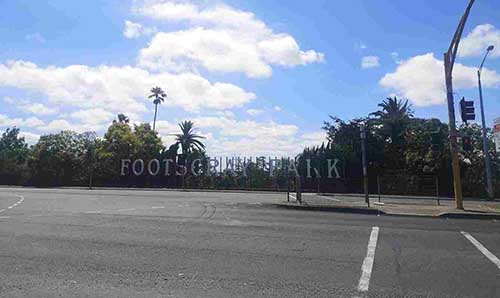
Footscray lies to 5 km to the west of Melbourne's CBD, built largely on the traditional lands of the Kulin nation and bordered by the Maryband, is home to a diverse population with large communities of Vietnamese and East African migrants, replacing previous waves of Greek and Italian in-migration.
It once had a reputation for danger and violence, having been the location for a film, Romper Stomper about neo-Nazi skinheads, but is now rapidly regenerating with a community arts centre, rising house prices and festivals located in its parks and events spaces.
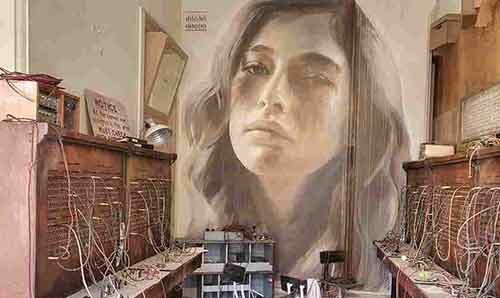
We visited an art installation in a rediscovered ballroom above Melbourne's Flinders Station by the Melbourne street artist-turned multi-million turnover company Rone International Pty Ltd, which gave pause for thought about the value and legimacy of graffiti within different contexts.
The separate visit to Fitzroy led by Alison Young, street art expert and Deputy Director, Centre for Cities, presented a more situated insight into the role of street art in this creative neighbourhood, as local residents commissioned work for their properties and artworks were protected from over-tagging when made by higher status artists.
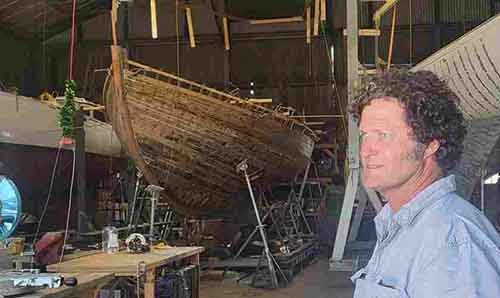
Valentina Bydanova is a curator and researcher whose current research includes understanding Melbourne's maritime heritage. She led a tour from Williamstown which lies to the west of Melbourne and boasts a strong Maritime heritage.
The privatisation of moorings and the sale of fishing rights has meant that much of Melbourne's traditional fishing industry has disappeared.
The tour went via boat along the Yarra past Fisherman's bend a 'left behind' district beyond the city which is undergoing redevelopment using a framework which seeks to provide a thriving, inclusive, diverse sustainable and liveable environment.
The development, seeks to draw lessons from other dockside regeneration projects which have enjoyed only limited success.
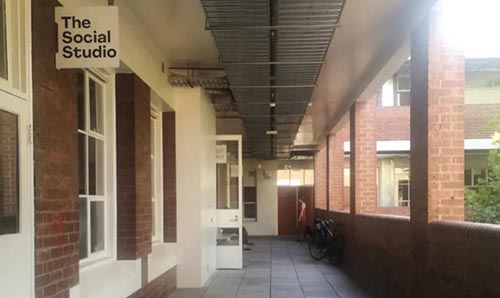
Collingwood Yards is a new, permanent and affordable home for scores of artists and independent arts organisations working across music, visual arts, performance, digital media, and other creative work.
Previously, the Collingwood Technical School campus, it is located in one of Australia’s most diverse, rapidly transforming and dense inner city neighbourhoods. Led by Sophie Travers and Julia Gregg the visit provided an insight into how new models of provision for artists could function in the future.
Toronto
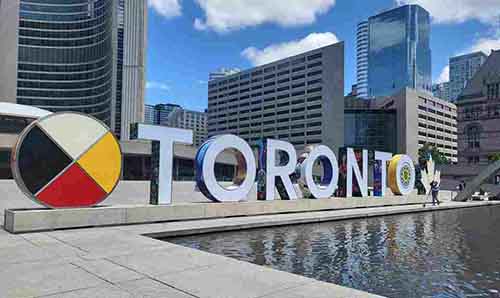
The visit to Toronto, erstwhile home of creative class pro-genitur, Richard Florida, was curated by Taylor Brydges, Debbie Leslie and Adam Zendel, and focus on three main themes - Business Improvement Areas, Fashion Ecologies, and Space for Creatives, along related creative cities themes and issues addressed in a day-long ECR workshop.
- Professor Debbie Leslie
- Dr Taylor Brydges
- Adam Zendel, Geography
With three study visit programmes in Manchester, Melbourne, and Toronto, associated workshops with academics and practitioners, and creative documentation, the network brought together existing knowledge with new challenges for creative placemaking through scoping, discussion and debate.
The project was prompted by new investment in the UK in cultural projects and assets through central government such as the Levelling Up funds and by the continuing use of creative and artistic ‘assets’ in cities such as Manchester as levers for inward investment, private development and the stimulation of creative and visitor economies.
Whilst Covid-19 put a break on these activities, comparative research and scoping work in Melbourne and Toronto revealed that cultural flagships and creative industries districts remain dominant policy models.
These favour city centres and are associated with both positive and negative effects, whilst other lenses such as heritage, the rights to the city for indigenous communities, and digital technologies, bring further challenges to the conventions of the ‘creative city’ paradigm.
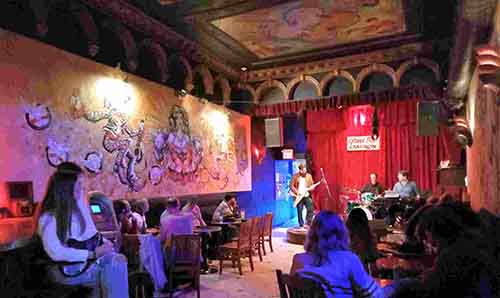
The study trip began by an introduction to Business Improvement Areas from their City Hall lead, Rebecca Condon. The model, originating in Toronto, brings together businesses within a designated zone who are constituted by boards, members and executives for decision-making over the public realm in their area, through funds raised by levy.
There are 84 BIAs across the city, with different geographies, sizes, and demographics. Most are commercial retail focused; only 2 are predominantly manufacture / production. Whilst creative cities' discourses are not explicitly attached to BIAs they shape the spaces for cultural businesses and events, and provide an ancillary form of governance over public space.
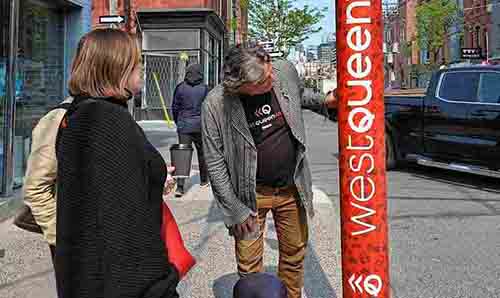
One of the first Business Improvement Areas (BIAs) in Toronto, created 50 years ago, West Queen West is a long strip of independent shops and businesses offering food and drink, clothes, tattoos and accessories, alongside music venues, hotels and bars within repurposed textile and other manufacturing buildings.
Proudly promoted by its executive lead, Rob Sysak, the BIA has changed more recently from being 'gallery district' to 'patio district' as some of the original arts organisations and fashion designers have moved in-land to other accommodation.
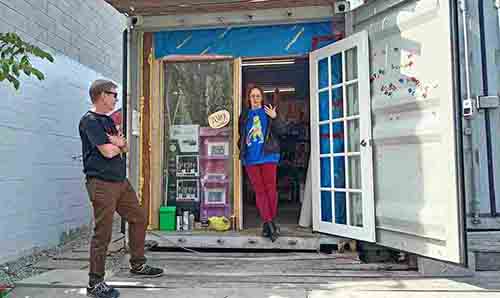
The rising increases in land value in the city is pushing rents up and residents out to the peripheries of the now-sprawling Toronto conurbation.
We heard about the difficulties in accessing affordable artist and designer workspace in the city which has led to some finding creative ways to work the planning constraints offered by the zoning of BIAs.
For example, one arts collective-ran plot harboured shipping containers for studio and gallery space, taking advantage of their mobility and sited on land available since landowners were required to make two floors available to commercial use.
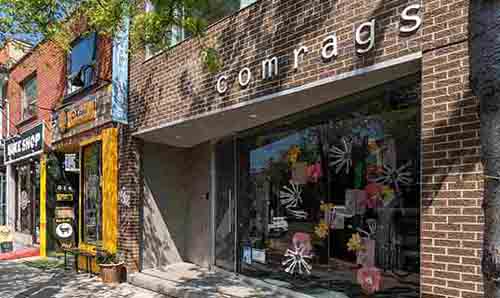
Laurie Belzak, Toronto's Sector Development Officer, introduced us to the City Hall fashion design strategy at the beginning of a tour of some of the city's significant fashion ecosystem.
We met with Comrags' directors Joyce Gunhouse and Judy Cornish at their flagship store and studio in Trinity Bellwoods.
Having prevoiusly been based in West Queen West BIA, the 40 year old company maintains careful control of its brand and its output whilst mentoring younger designers and fostering sustainable practice.
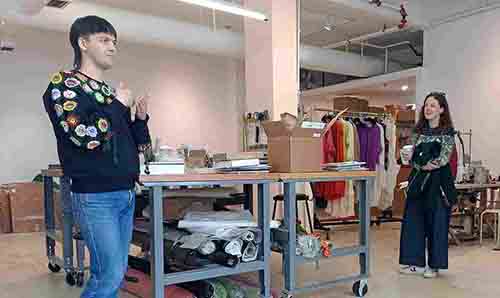
Warren Steven Scott, indigenous fashion designer, has a studio space near the junction.
Developing his practice which includes fashion and accessories design, his breakthrough came during lockdown when his earrings, inspired by indigenous motifs, became popular zoom wear and raised the profile of his work.
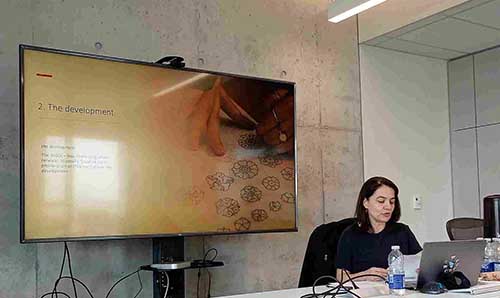
The workshop featured the following presenters:
- Dan Silver & Noga Keidar - How cultural policy ideas travel: Lessons from public art policy and creative placemaking?
- Travis Van Wyck - Doing-it-Together: Experiments with Postcapitalism in Creative Do-it-Yourself Spaces
- Abigail Gilmore and Claire Burnill-Maier, University of Manchester - Creative City placemaking in the UK post-pandemic: The possibilities and pitfalls of creative industries-led growth and improvement in the devolved city-region
- Robert Catherall - Planning for Cities at Night
- Adam Zendel - COVID-19 and the Spatial Reconfiguration of Work in the Music Industry
- Hulya Arik - Precarious Convergences: Nationalism, Islamism, and Istanbul’s Yeditepe Islamic and Traditional Arts Biennial
- Tong Wang - Challenges and Opportunities: Covid-19 and Night-time Economy
- Nat Kiyan - "Watching the room where the music is happening": An Examination of Live Streaming in the Vancouver Independent Music Scene During the Global Pandemic
- Zachary Hyde - Real Estate Developers as Patrons of the Arts: How Artists Construct the Meaning of ‘Artwashing’
- Tarek Virani - Articulating a creative ecosystems approach for the city.
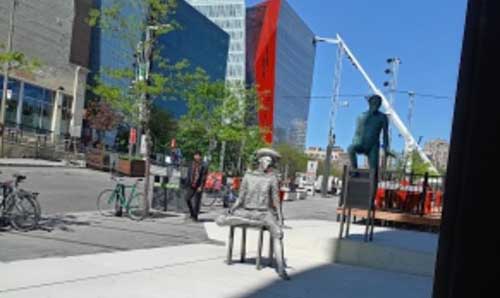
The Global Cultural District Network (GCDN) convening was held in Montreal bringing together leaders and representatives from cultural and creative centres.
The event provided an opportunity to understand the current challenges cultural districts are reckoning with.
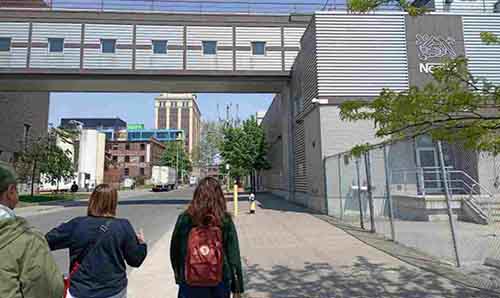
A new creative-led development at the Junction incorporates the Museum of Contemporary Art (MOCA) a previous tenant of Queen Street West, plus a brewery, artist studios, office spaces and new condos.
